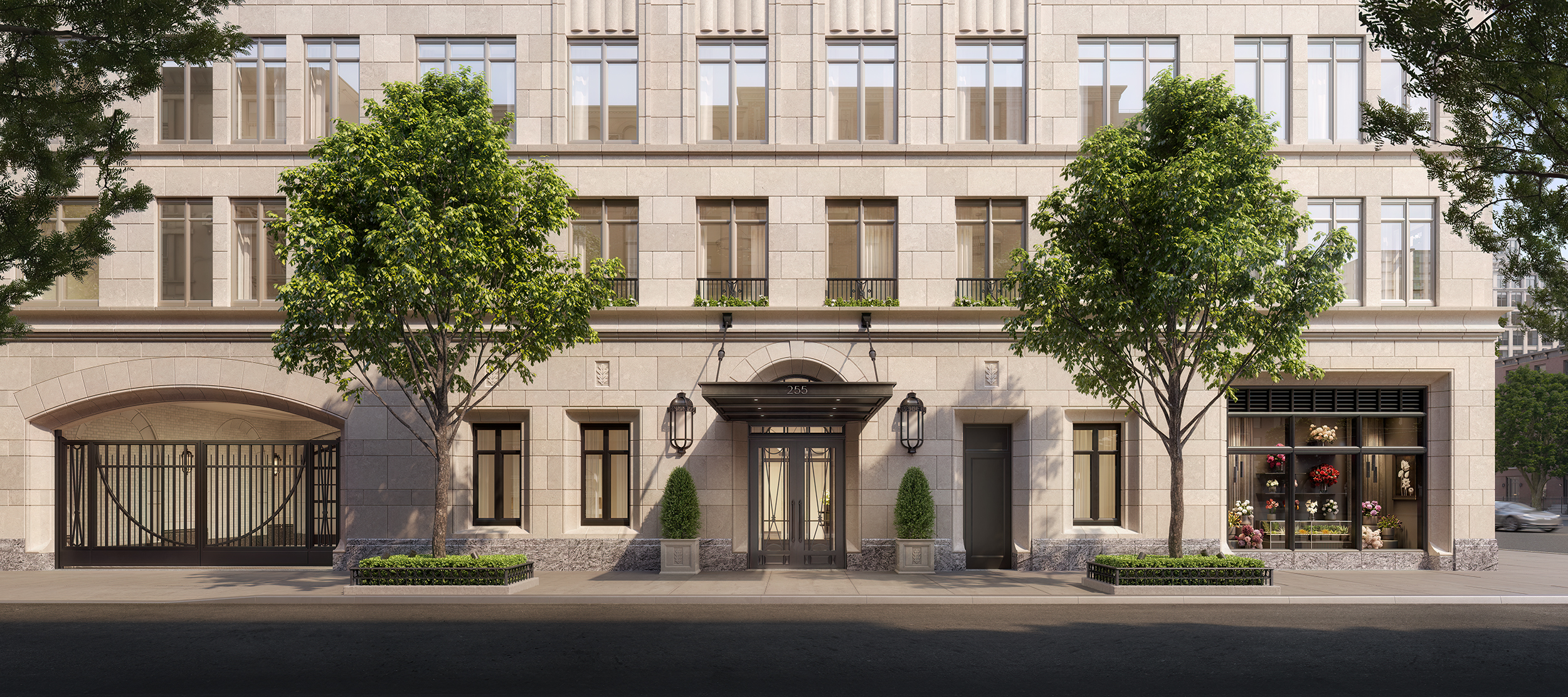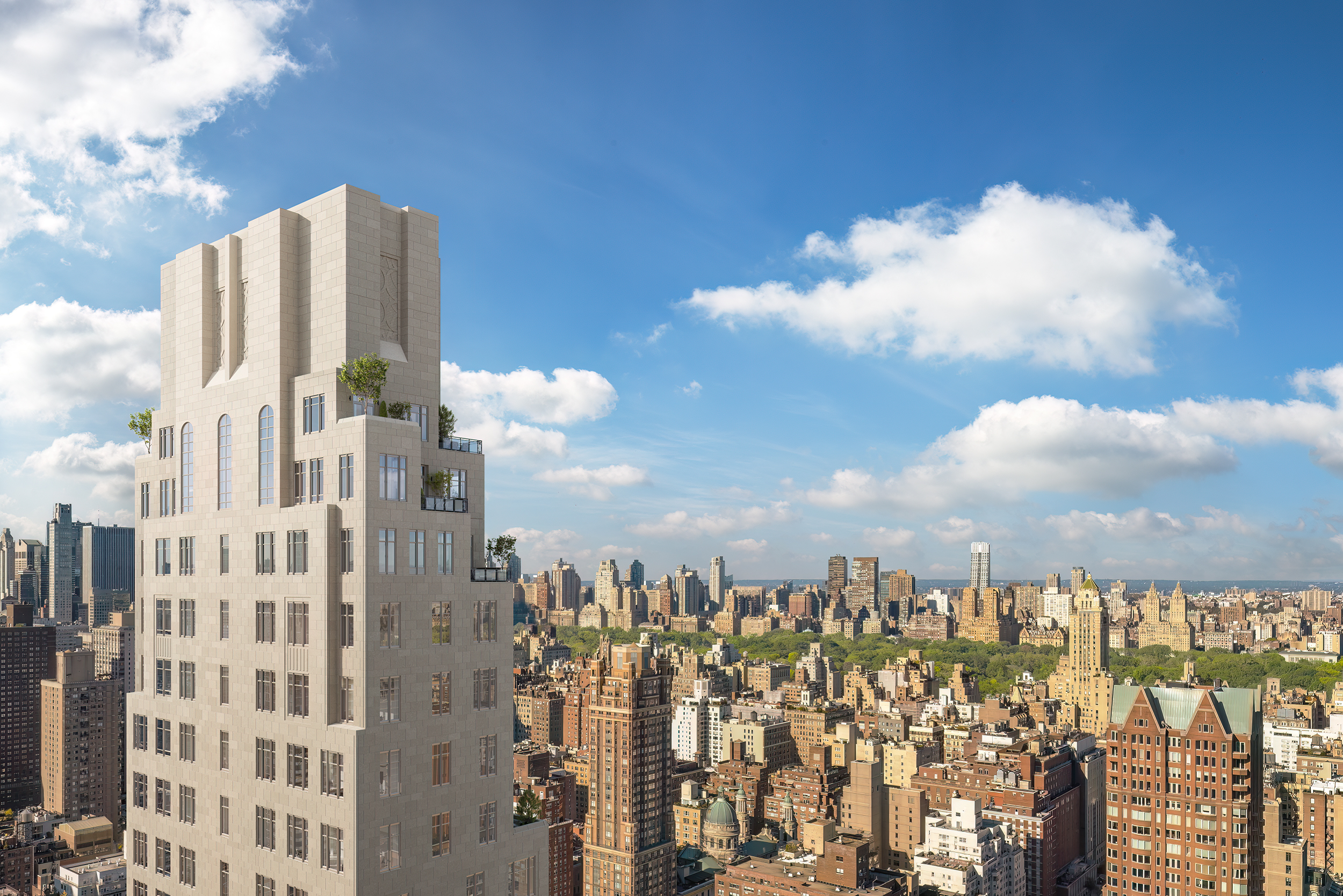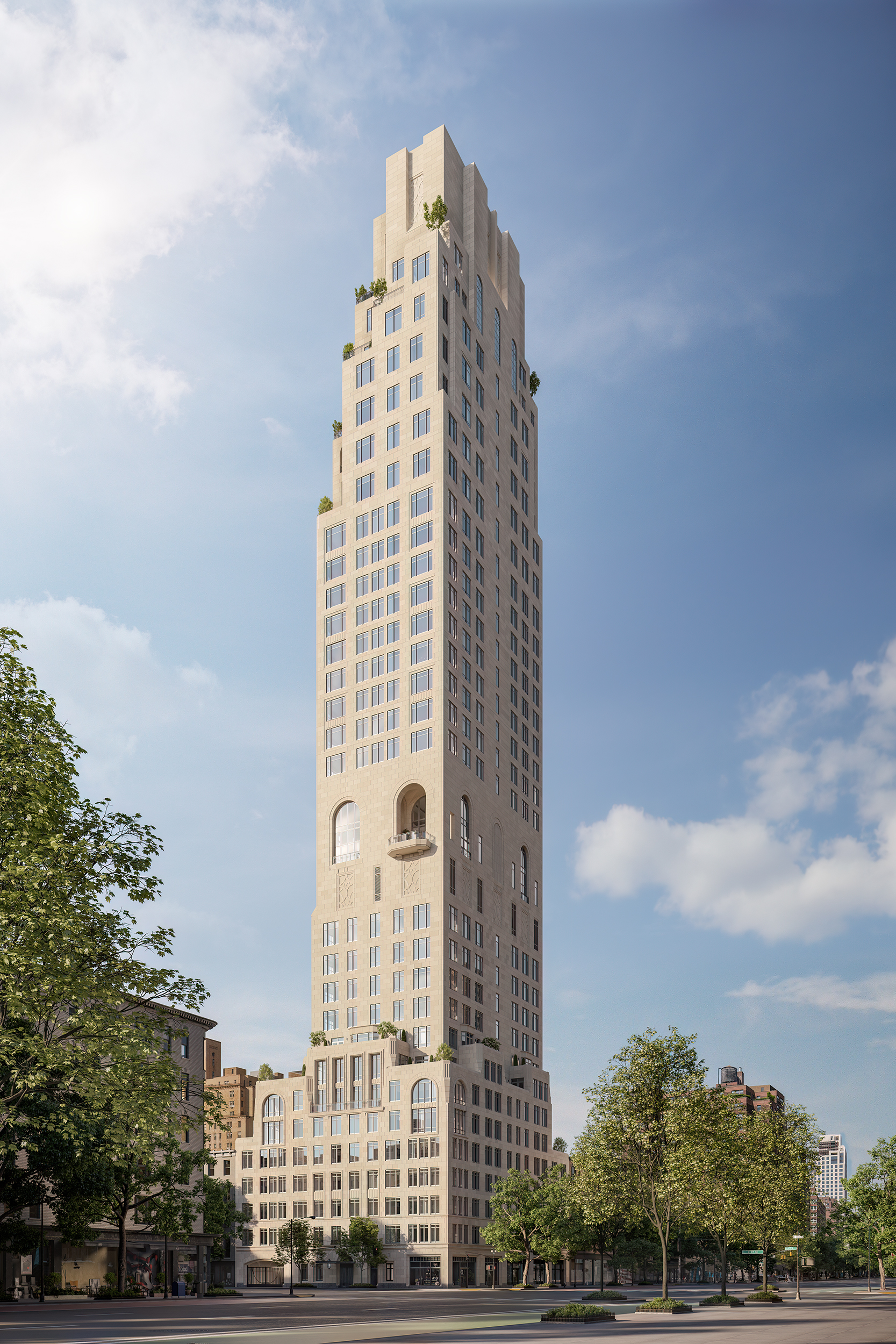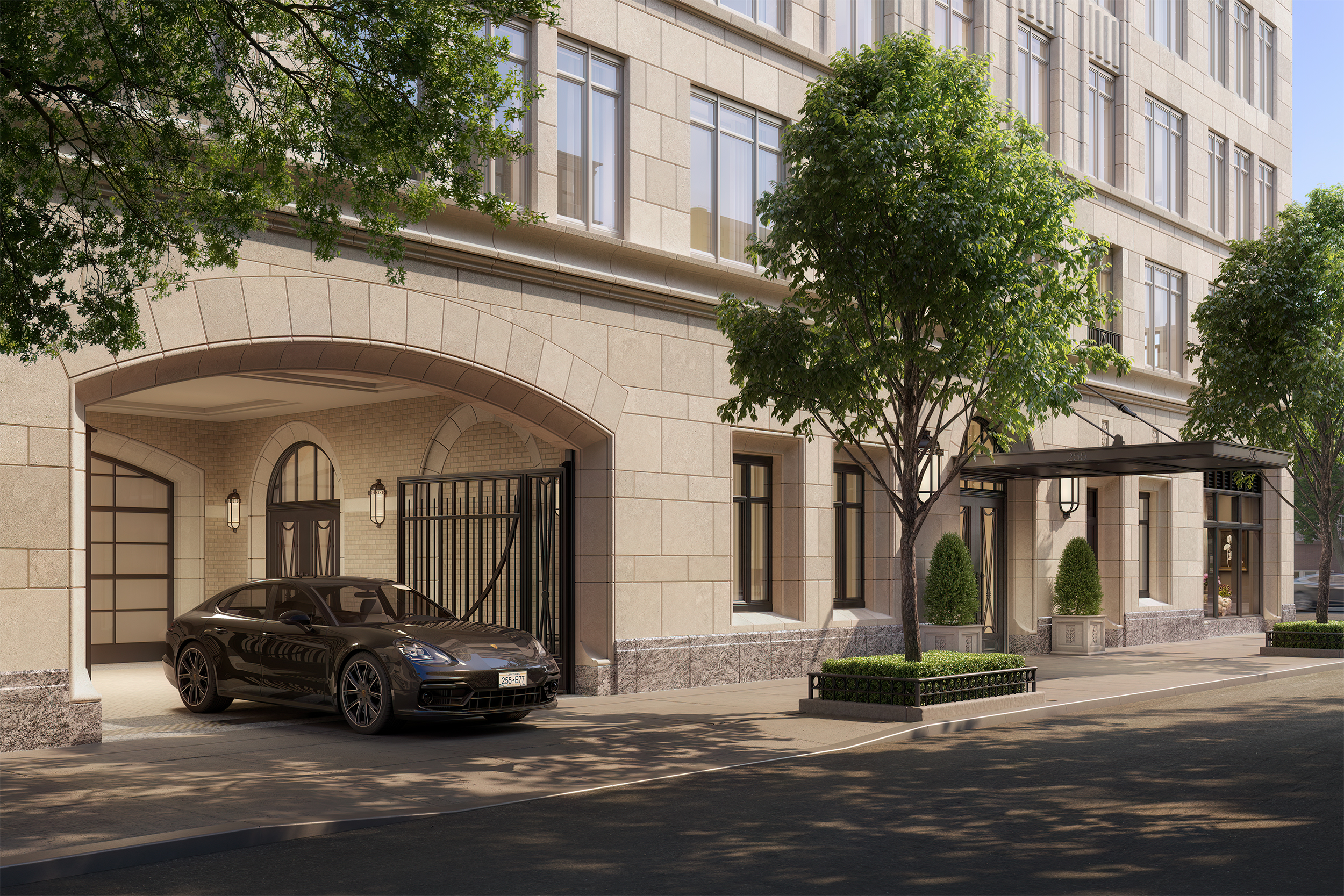Press
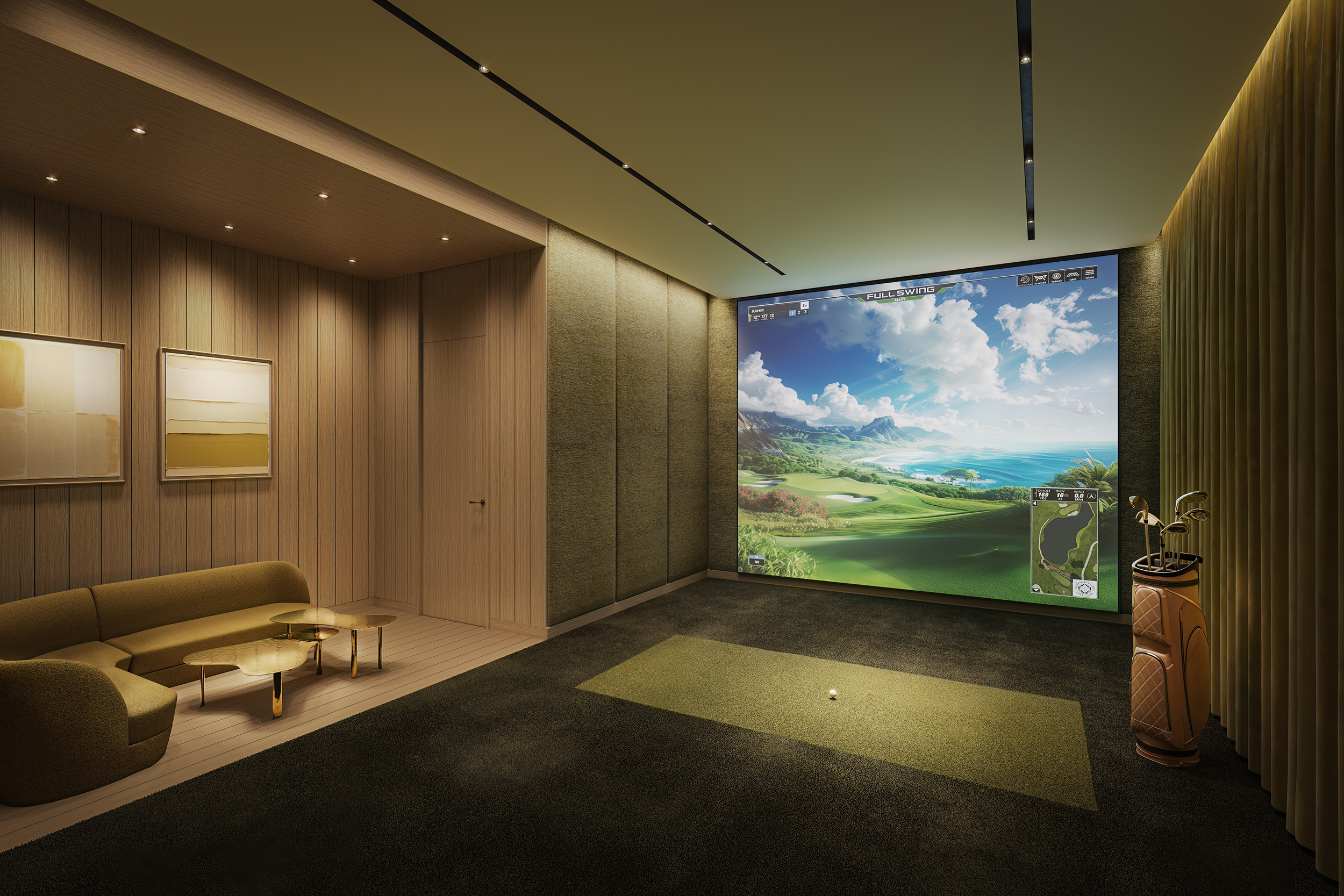
Forget man caves - the new luxury must-have is a golf simulator downstairs or a pickle ball court out back
Spa-inspired bathrooms, expansive backyards, and bold, colordrenched interiors still top homebuyers’ wish lists. But as the market tilts slightly in buyers’ favor heading into 2026, real estate experts are noticing a playful new twist: A growing demand for golf simulators, batting cages, and pickleball courts.
According to Zillow, mentions of man caves in listings are down 10% year-over-year. In contrast, mentions of golf simulators have surged 25%, and pickleball courts have jumped by the same margin as the sport continues to reign as America’s fastest-growing pastime. Mentions of batting cages are also up 18%, reflecting a broader desire for personalized play-at-home experiences.
“Real estate agents have a front-row seat to what today’s buyers want most, and that’s reflected in the way they describe homes online,” said Amanda Pendleton, Zillow’s home trends expert. “Listing descriptions are short, so every word counts.”
Game rooms get a glowup
When Zillow detects a sharp rise in certain features being mentioned in listings, it signals that those amenities are capturing buyers’ attention—and offers a glimpse at what’s next in home design.
Real estate agents and builders are seeing the demand for sporty entertainment amenities firsthand.
For many buyers, today’s golf simulators and pickleball courts are an evolution of the retro game rooms of the past.
“Growing up in the 80s and 90s, it would be commonplace when you visited a home to see a pool table or ping-pong table,” says Steven Ngo, Realtor at Illustrated Properties and Tesoro Sales Team Lead. “Fast forward to 2025 and more and more homes have golf simulators or pickleball courts.”
Buyers are favoring lifestyle-driven amenities
For the right buyer, amenities like pickleball courts and a basement golf simulator setup can seal the deal.
“Both golfers and pickleball players are rabidly passionate about their respective sports and when they see that their lifestyle is supported and promoted, it can be the difference between writing an offer or holding off until the next one,” Ngo says.
Buyers today are increasingly “lifestyle-driven,” says Johnny DelPrete of The Exclusive Group at Douglas Elliman.
“Amenities like pickleball courts, golf simulators, or wellness spaces used to be ‘nice-to-haves,’ but now they’re real decision factors,” he says. “Especially post-pandemic, people want homes that feel like a resort, places where they can relax, play, and entertain without leaving the home.”
And it’s not just luxury buyers anymore. These types of amenities definitely started in the luxury space, but real estate agents are starting to see them filter into mid-range new construction as well, DelPrete says.
Installing a pickleball court can cost about $8,000 to $12,000, depending on factors like court size, excavation and grading. Meanwhile golf simulators start at about $8,000.
The rise of the at-home simulator
Los Angeles firm IR Architects, led by founder and CEO Ignacio Rodriguez, AIA, specializes in custom estates for successful entrepreneurs. One current client requested a dedicated golf simulator—an increasingly popular feature Rodriguez says now rivals home theaters as the new luxury amenity.
While simulators elsewhere often occupy garages, space constraints in car-centric Los Angeles encourage more creative placements. Rooms typically require at least 15 feet in width, 20 feet in depth, and a 10-foot ceiling. Costs can range from $6,000 to more than $80,000, depending on system quality and installation complexity. Electrical coordination and calibration can push the total investment to $40,000–$80,000 or higher.
Rodriguez, himself a baseball enthusiast, has a batting cage in his own backyard and plans to design his first hitting simulator soon. The setup uses similar technology to golf simulators but adds advanced sensors for pitch tracking and swing analysis.
In dense cities, where space and time are at a premium, these amenities are redefining urban luxury. Alexa Lambert, a New York City residential broker with Compass, is leading sales at several properties that embrace this recreational revolution.
At The Henry, a new boutique condominium on the Upper West Side, residents enjoy Manhattan’s first indoor pickleball court in a residential building. On the Upper East Side, Lambert leads sales at both 255 East 77th Street and 200 East 75th Street, each offering state-of-the-art golf and multi-sport simulators. Residents can perfect their swing year-round or enjoy interactive games such as hockey, soccer, and baseball—all without leaving home.
“We have seen so much enthusiasm for both the golf simulator and pickleball,” Lambert says. “Both are activities that all ages enjoy, and are amenities that give people the feeling that their building can provide them with an ‘endless summer’ feeling.”
That’s especially appealing in a city like New York, where recreational space is scarce and often costly.
“Having a place to practice your golf game or play pickleball creates an opportunity that is really life changing for a resident,” she says.
State-of-the-art golf simulators are also bringing the greens indoors at luxury condos. At the 20- story Riva Residenze in Fort Lauderdale—a residence designed like a superyacht on land, there’s a media lounge featuring a state-of-the-art golf simulator that brings the greens indoors.
At ONE Tampa in Florida, an amenity deck features an expansive golf simulator that allows residents to experience the thrill of the green and teeing off as if they were on a real golf course.
Sporty amenities also prized in vacation rentals
Entertainment amenities—from putting greens to arcade rooms and now sports simulators and pickleball courts—are also highly sought after in short-term rentals.
Hebron Home Management, a Nashville-based short-term rental company that transforms vacation stays into experiences, recently launched a home with a private pickleball court as well as a property featuring a full golf simulator that’s been aptly named The Fore Seasons.
“Having spaces where people can truly come together takes the short-term rental experience to another level,” says Brianna Okaah, Designer & Director of Client Experience. “It’s more than just a place to shower and sleep — it’s a place to make memories, connect, and unwind.”
